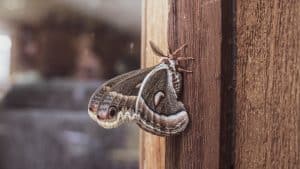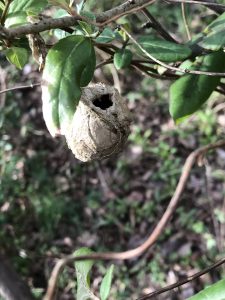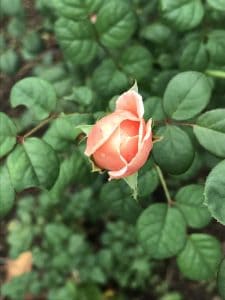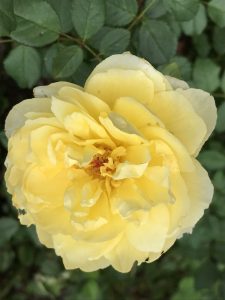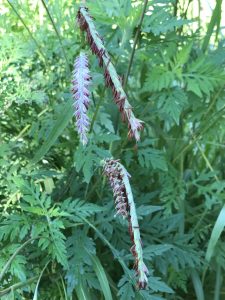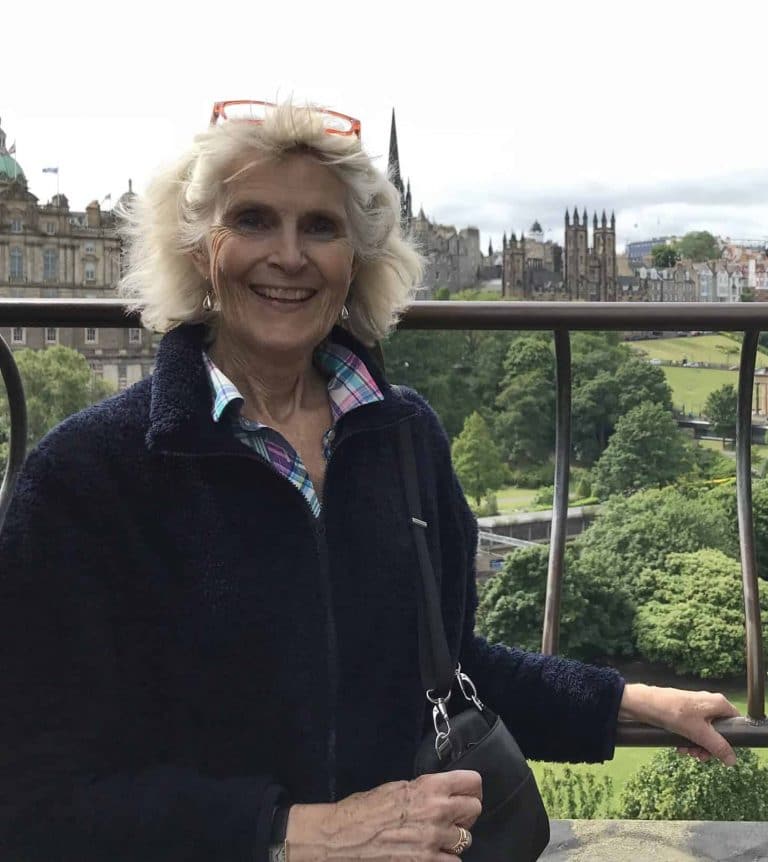Today as I was walking, I was meditating on how the plants along my pathway evolved from small green shoots that appear in the brown landscape of late winter to become what they are in summer. “Becoming” is the thought that struck me.
We usually think of becoming as kids saying what they want to be when they grow up or how we want our lives to be in the future. We think about what we want our lives to be when…. Everything is a process, whether we see its beginning, such as a baby’s sonogram or in the middle as we change jobs or at the end as we finish our existence in this realm. But life is really a thousand different beginnings and stages of becoming. Someone who has a heart attack doesn’t just become a coronary patient. It’s been building over time to the point where the heart sends out a distress call. Likewise our children don’t grow up overnight. What they become is a result of many years. Their DNA influences the adult, but so does the environment in which they grow up and the choices they make along the way.
The process of becoming is so gradual that unless we pause to observe it, we can miss it. Nature overflows with examples. Most people know that a monarch butterfly was once a caterpillar that fed on milkweed. There are great pictures of its green chrysalis and films of its metamorphosis. But I discovered a different becoming that was more personal and even more extraordinary when I found the cocoon of the Polyphemus moth.
This lovely brown moth has wonderful eye spots on its wings. It starts as an egg that look like a tiny cheeseburger. Then it becomes a caterpillar. That is the first miracle. The next miracle comes when the caterpillar goes through five, yes five stages of molting before it climbs onto a bush, pulls some leaves around itself for protection and begins to create the cocoon for its final transformation into a moth. I know all this because I found one of its cocoons in late winter and wondered which flying creature created it. I happened to buy a watercolor nature journal that a friend of mine recommended called Middlewood and the artist had drawn the cocoon and the moth. Mystery solved! But think about this. First there are eggs, then five molting stages of a caterpillar, a pupa stage and then a flying moth. In addition, that caterpillar knew exactly how to create the cocoon that would work to bring about his appearance as a moth.
If you look for it, you will see becoming illustrated all around you. Kittens become cats, puppies become grown dogs. In nature, flowers start as buds. But the buds only appear on the plant after a certain amount of growth has taken place. Some plants bloom continuously, others once or twice a year. But it all starts with a bud. Leaves are held in tight formation all winter on our trees. Then when the warm weather arrives, the buds swell and the leaves begin to grow and unfurl. The buds on my English roses only appear when the bush has gained a certain amount of height. They are so tiny that unless I take a walk in the garden every day, I miss the slight change that is the beginning of a bud. By the time its noticeable, they’ve been growing for several days.
On the greenway where I walk, the plants all have their scheduled blooms. The joy is watching and waiting to see how they transform themselves into flowering plants. Even the grasses flower and set seed. They too are in tight formation when they first appear. But again, rain and warmth coax them to bloom.
What struck me was how God programmed into every plant the innate desire to bloom. Call it genetics or plant physiology. That doesn’t explain why every plant is intent on blooming. Nor does it explain why every plant works very hard to create seeds to reproduce itself. Only knowing the thoughts of the Creator reveals the mystery. God designed plants to grow, bloom and set seed. He did it on the third day of creation.
Man is a prescient being and therefore has a choice about what he becomes. He can choose selfishness as in the garden of Eden, or he can choose life with His creator, nurtured, loved and encouraged through life. We also must choose with whom we will spend eternity. Plants and animals have a finite period of time on earth. But we have the choice of spending eternity with God. God knows what our choice will be. He brings us to that decision by events in our lives. Eternal life is the final becoming.
“For God so loved the world that he gave his one and only Son, that whoever believes in him shall not perish but have eternal life.”
John 3:16 NIV
